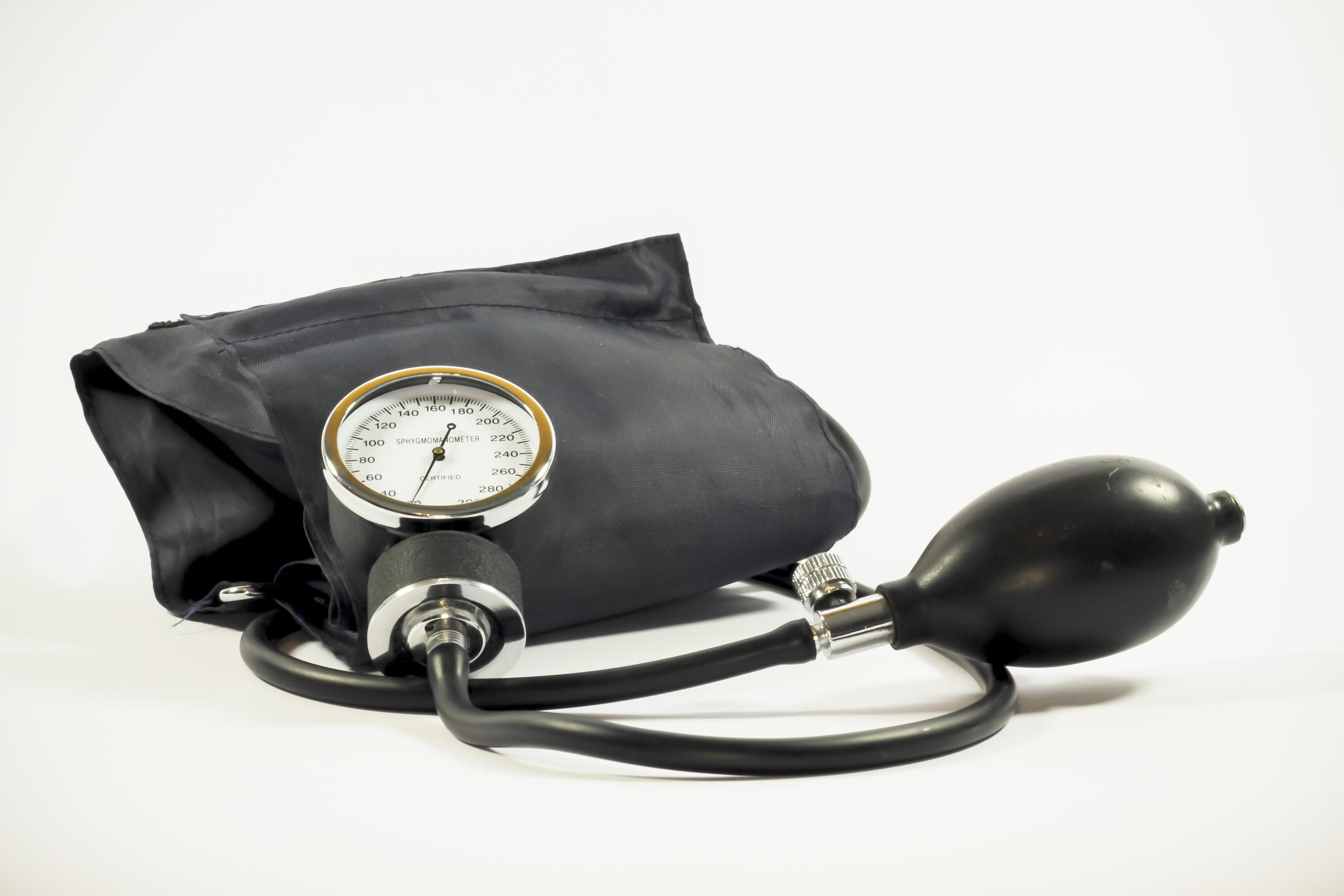After Your Routine Physical: How to Understand Your Results
bcbsm
| 3 min read

You’ve likely heard about the importance of getting an annual physical: Seeing your primary care physician once a year can help identify potentially harmful health issues in early stages (and even prevent them from happening at all).
But just as important as having the physical is knowing what to do after with the results. We’ve broken down some of the more common test results you’ll receive, how to interpret them and how to take action.
Vital Signs: During the physical, a nurse or physician’s assistant will take your vital signs, including blood pressure and heart rate. Your vital signs are the basic indicators of physical health—here’s a little more on what they mean.
BMI: This number is determined based on your weight and height and is used to get a general idea of whether you’re a normal weight, overweight or obese. If you’re overweight or obese, your risk for many chronic conditions goes up, which is why doctors include this number as part of your physical.
Blood pressure: This measures the how much pressure your blood flow is putting on the walls of your arteries. This number can point to a variety of cardiovascular issues and provide insight into your general heart health.
Heart rate: Heart rate is the number of times your heart beats per minute. A faster than average heart rate can indicate dehydration, anxiety, thyroid disorders or other conditions.
Breathing rate: Breathing rate is the number of breaths you take per minute. Abnormal breathing rates can point to asthma, anxiety, congestive heart failure or lung disease.
While the specific numbers associated with healthy vital signs vary based on age, weight and gender, your doctor will quickly be able to see if your levels are normal or if they’re indicative of the risk factors listed above. During the visit, ask what the first steps are (if any) that you should take to help improve your numbers.
Lab Tests: Within a week of your doctor’s appointment, you’ll receive results of any bloodwork that was performed. This information could come via mail or be shared online through a secure patient portal. While your doctor will note if something is of concern, it’s helpful to understand the results yourself as well. Here are the main tests and what they look for:
Complete blood count: This can reveal infections or allergies, or diagnose conditions like anemia. One of the more important numbers in this test is your platelet count. High platelet counts indicate a risk for blood clots while low platelet counts could increase bleeding risks.
Lipid panel: This test is all about cholesterol. You’ll get your HDL (“good” cholesterol) and LDL (“bad” cholesterol) levels as well as triglycerides—numbers that are critical to your heart health.
Metabolic panel: This measures your glucose, electrolyte and fluid levels. These numbers point to kidney and liver health while also helping to diagnose conditions like diabetes.
Other tests: Your doctor may have also requested additional blood tests, like iron, thyroid stimulating hormone (TSH) and vitamin D. These factors can impact your energy, metabolism and bone strength.
If your doctor sees something alarming in your results, he or she will provide a treatment plan or instructions on how to make the appropriate lifestyle changes. However, if you feel confused or concerned about your physical results, talk to your doctor.
Talking through test results over the phone, on a secure patient portal, or in-person can help you further understand your results and determine next steps. For more tips on staying healthy, check out these posts:
- Do You Know the “Do’s and Don’ts” of Doctor and Hospital Visits?
- 3 Conversations You Should Have with Your Doctor
- How to Talk About Prescriptions with Your Health Care Provider
Photo Credit: Pexels





